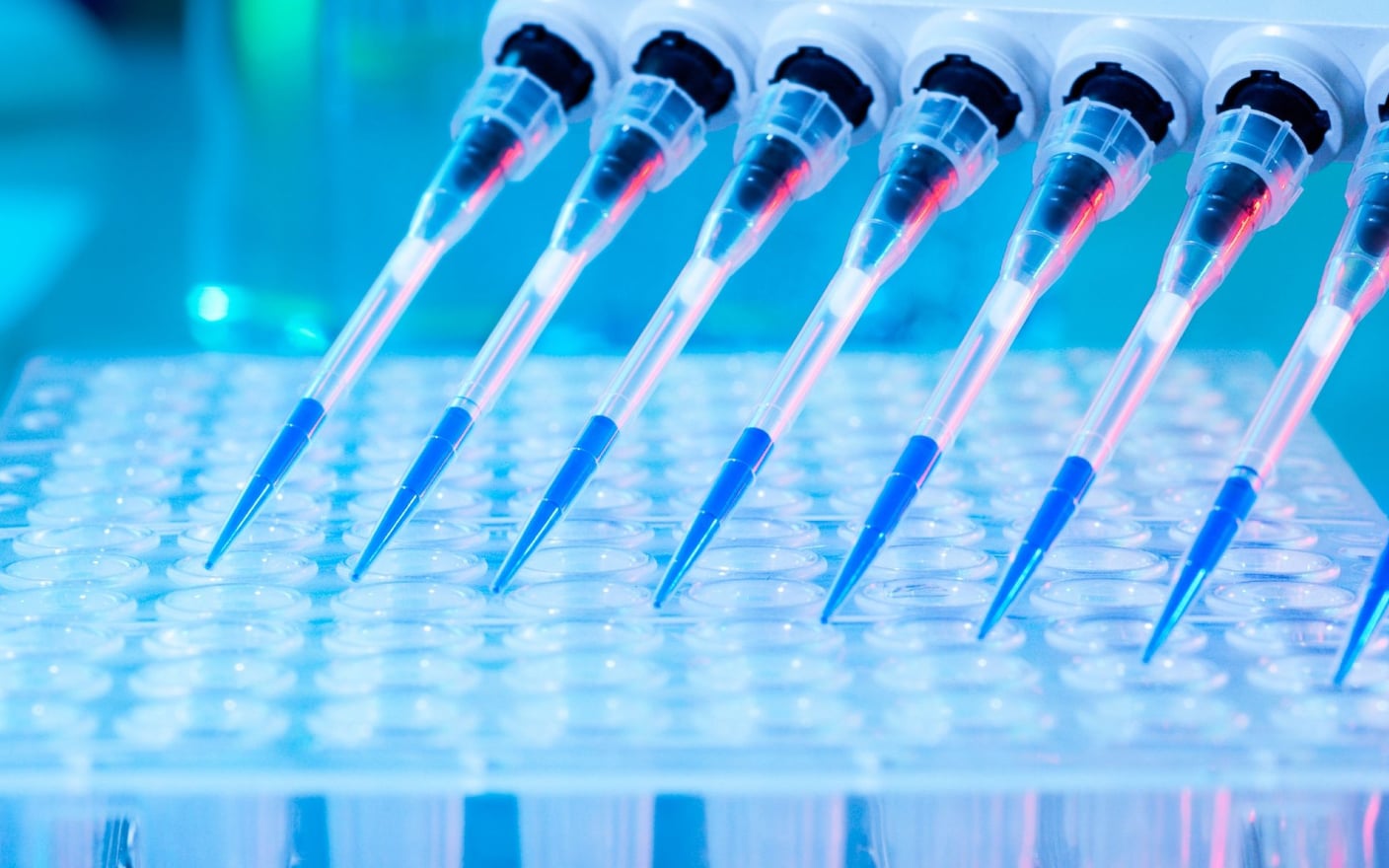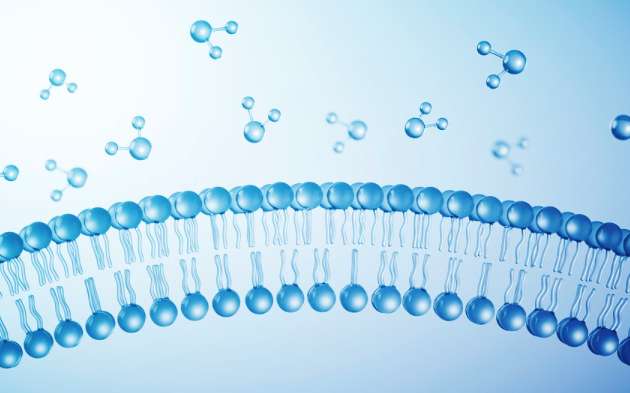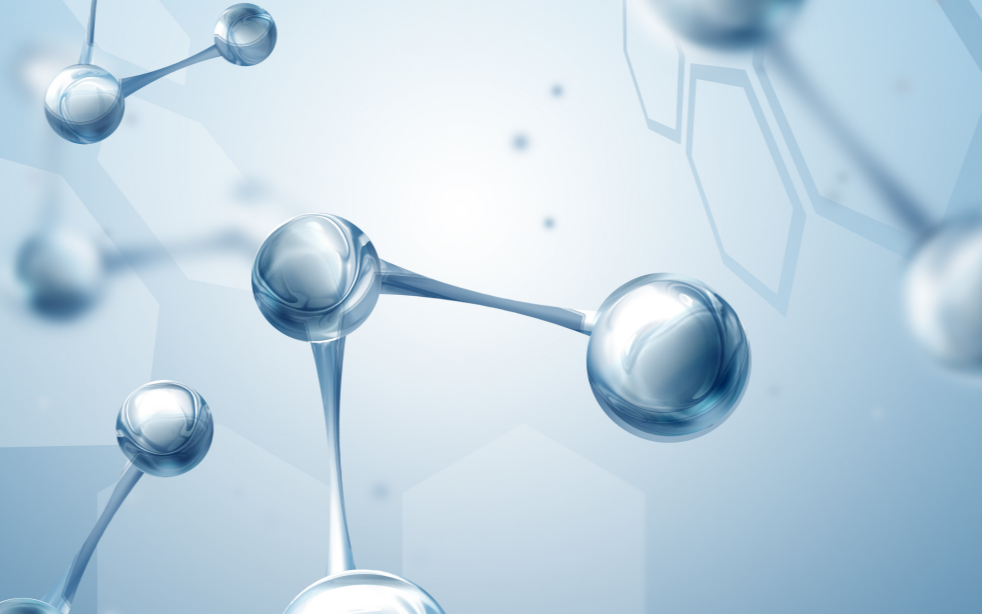Lipophilicity, also known as lipid solubility, refers to the ability of a compound to dissolve in non-polar solvents. It is typically assessed by observing the partitioning behavior of the compound in a liquid-liquid or liquid-solid two-phase system. The lipophilicity of drugs plays a pivotal role in the fields of pharmacology, pharmacokinetics, and toxicology 1,2. Therefore, studying the lipophilicity of test articles is conducive to establishing the structure-activity relationships of drugs. Research into the absorption, distribution, metabolism, excretion, and toxicity (ADMET) properties of compounds is essential for determining druggability. The prediction of lipophilicity of test articles contributes to studying ADMET properties of these compounds, which assists researchers in identifying druggability issues in the early stage and reducing the failure rate of candidate drugs during the clinical study stage. Given the substantial amount of testing in the early stages of drug screening, there is an urgent need for rapid and accurate determination of lipophilicity to facilitate drug screening research.
This article provides an overview of a method for measuring the lipophilicity of compounds, with a focus on the reversed-phase high-performance liquid chromatography (RP-HPLC) that specifically detects highly lipophilic compounds. This article also discussed the differences between the applications of RP-HPLC and the conventional shake-flask method, aiming to provide references to drug development.
Characterizing lipophilicity based on Log P values
Meyer and Overton pioneered the use of partition coefficients to explain the biological activity of active substances 3. In 1964, Hansch et al. established the shake flask method as an experimental and theoretical standard for determining lipophilicity using an octanol-water system 4. The lipophilicity of compounds is recognized as a critical parameter in quantitative structure-activity relationship (QSAR) studies. Log P and D are two characteristic parameters for measuring lipophilicity. Log P refers to the partition coefficient logarithm of a compound between an organic phase and an aqueous phase when the compound exists entirely as non-ionized molecules in the two phases at a specific pH. Log D refers to the distribution coefficient logarithm of a compound between an organic phase and an aqueous phase when the compound exists as ionized and non-ionized forms in the two phases at a specific pH 5. Higher log P and log DpHx values indicate stronger lipophilicity. The magnitude of log P is only related to the basic properties of the compound, such as molecular volume, dipole moment, and hydrogen bond acidity and basicity. Except for these fundamental properties, the magnitude of log D relates to the pH of the environment in which the compound is present. Given that the magnitude of log P provides a more direct indication of the overall trend of lipophilicity, this article will next focus primarily on methods for determining log P.
Methods for determining Log P
Current methods for determining log P include computer simulation, the shake-flask method, and RP-HPLC. Table 1 shows a comparison of the three methods. Computer simulation is more cost-effective and faster than the other methods. However, its predictive ability depends on whether the selected software accounts for all substructure contributions of the compound. If not, it may cause less accurate values than assay-determined values. The shake-flask method, as the gold standard in lipophilicity measurement, could directly measure log P. It offers the advantages of accurate results and minimal sample requirements. However, it has certain limitations, such as being relatively time-consuming, the need for high compound purity, being unsuitable for unstable compounds, and a limited measurement range of −2 < log P < 4.
The proportion of highly lipophilic compounds used in drug development has risen with the steady increase in drug development pipelines 6. Highly lipophilic compounds (log P > 5) exhibit extremely low solubility in the aqueous phase, posing challenges to obtaining accurate values using instrumental measurements. Therefore, the lipophilicity of such compounds is usually expressed as a range of log P values. Compared with the shake-flask method, reversed-phase liquid chromatography (RPLC) provides several advantages, such as higher speed of measurement, milder operating conditions, small sample volume, low purity requirements, and a broader detection range (applicability may be expanded to compounds with log P > 6 under certain circumstances). Therefore, RPLC has garnered considerable interest among researchers and is widely utilized in studies.
|
Measurement method |
Prediction range (log value) |
Interferences |
Speed of measurement |
Required sample volume |
Reproducibility |
Predictive ability |
|
Computer simulation |
Broad |
-- |
Rapid |
-- |
-- |
★ |
|
Shake-flask method |
−2–4 |
Not applicable to degradable compounds; demand for the high sample purity |
Slow |
Small |
★★ |
★★★ |
|
Reversed-phase liquid chromatography |
0–6 |
Mild; insensitive to impurities |
Rapid |
Small |
★★★ |
★★ |
Table 1. Comparison of different log P measurement methods
★ Indicates magnitude
The “Partition Coefficient (n-octanol/water), High-Performance Liquid Chromatography (HPLC) Method” from the Organisation for Economic Co-operation and Development (OECD) Guidelines for the Testing of Chemicals (2004 edition) indicates the scope of application and requirements for determining log P using HPLC 7 and states that RP-HPLC has a distinct advantage in determining the log P of highly lipophilic compounds. Relevant studies 8 have also reported that this method is suitable for new modalities with high lipophilicity, such as proteolysis targeting chimeras (PROTACs).
Establishing RP-HPLC methods for lipophilicity determination
The basic steps for measuring the log P value of a compound using RP-HPLC are as follows:
-
Inject the selected reference compound into the chromatography system to obtain the retention time for the calculation of the capacity factor (k).
-
The logarithms of the capacity factors are calculated in advance and then the logarithms are plotted against their respective known Log P values. This equation is referred to as the standard equation.
-
Based on the retention time obtained for the test compound under the same chromatographic conditions, calculate the capacity factor and substitute it into the standard equation to determine the Log P value of the test articles.
Establishing the standard equation is the most important step in determining lipophilicity by RP-HPLC.
RP-HPLC lipophilicity determination method 1
RP-HPLC (hereinafter referred to as Method 1) was established to determine lipophilicity based on the OECD requirements. Six compounds of various lipophilicities were selected as the reference compounds (Table 2). Subsequently, chromatographic parameters such as the mobile phase, gradient, and column were optimized to determine the appropriate chromatographic conditions. Standard Equation (1) was obtained by plotting log k on the x-axis and log P on the y-axis, resulting in the linear correlation coefficient (R2) of 0.97 (Figure 1), which meets the regulatory requirements. Triphenylamine had the highest log P value among the six reference compounds, with a retention time of 27.1 min. Therefore, this method can be used to detect compounds with Log P values below 6 within 30 minutes. The high efficiency of Method 1 is beneficial for the early stages of drug screening. Researchers in this stage need to rapidly analyze a large number of compounds and obtain their property parameters to rank the screened compounds, which is conducive to deciding whether to proceed with further research.
log P = a × log k + b (1)
|
Compound Name |
Log P |
|
4-Acetylpyridine |
0.5 |
|
Acetophenone |
1.7 |
|
Chlorobenzene |
2.8 |
|
Ethylbenzene |
3.2 |
|
Phenanthrene |
4.5 |
|
Triphenylamine |
5.7 |
Table 2. List of reference compounds

Figure1. Linear fitting of the standard equation using Method 1.
RP-HPLC lipophilicity determination method 2
In the late stages of drug development, more accurate log P values are needed to guide subsequent study design. Therefore, a second method (Method 2) has been established based on Method 1 to satisfy the demand for higher accuracy in log P values.
Previous research 9 has reported that water or a buffer with the addition of modifiers such as methanol, acetonitrile, or tetrahydrofuran is used as the mobile phase for RP-HPLC during lipophilicity measurement. Among the various modifiers, methanol does not affect the formation of hydrogen bonds in water and can interact with the stationary phase of the column to form a monolayer, providing hydrogen bonding effects similar to n-octanol. Therefore, methanol can be considered an optimal modifier. It should be noted that organic modifiers can affect the pKa of ionic compounds and the retention time, affecting the accuracy of the log P values. To eliminate this interference from the organic modifiers, RP-HPLC Lipophilicity Determination Method 2 (hereinafter referred to as Method 2) was established. The same reference compounds as in Method 1 were used in Method 2. In Method 2, log k in Equation (1) was replaced by log kw (capacity factor of the compound in the absence of organic modifiers) to obtain the standard equation (Equation (2)). For each reference compound, an equation relating log k and methanol content (φ) was established under three mobile phase gradient conditions (Equation (3)), with the intercept being the log kw value. As shown in Figure 2, the R2 value for Equation (2) is 0.996, indicating that Method 2 has better predictive ability than Method 1. Therefore, more accurate lipophilicity values could be obtained using Method 2 during the late stages of drug development.
log P = a × log kw + b (2)
log k = Sφ + log kw (3)

Figure 2. Linear fitting of the standard equation for Method 2.
Data validation and comparison of methods 1 and 2
Twenty-one compounds with various lipophilicities were selected to measure log P values. For Method 1, the log P values of 85% of the compounds are consistent with those reported in the literature 7,10, with differences within 0.5 log units. The three compounds with differences exceeding 0.5 log units were retested with Method 2, producing data consistent with the literature values. Therefore, Methods 1 and 2 are suitable for determining compounds’ lipophilicity, with Method 2 providing higher accuracy.
The two established RP-HPLC methods offer advantages over the conventional shake-flask method in determining log P values. Method 1 is rapid and cost-effective, while Method 2 possesses higher predictive ability (Table 3).
|
Method |
Standard equation |
Correlation coefficient |
Run time per compound |
Cost/speed |
Application scenario |
|
Method 1 |
Log P = a × log k + b |
0.970 |
Within 0.5 h |
Low/fast |
Early drug screening of >30 compounds, presence of time constraints |
|
Method 2 |
Log P = a × log kw + b |
0.996 |
2–2.5 h |
High/slow |
Drug screening in late stages of drug development, absence of time constraints |
|
Shake-flask method |
NA |
NA |
4 h |
High/slow |
Absence of time constraints |
Table 3. Comparison of Methods 1 and 2 and the shake-flask method
NA: not applicable
Conclusion
Lipophilicity, as one of the most crucial physicochemical properties of compounds, is measured during early drug screening to obtain log P values, enhancing the success rate of drug development. The classical shake-flask method for determining log P is limited by compound solubility and instrumental detection, affecting the analysis of highly lipophilic compounds. The RP-HPLC for measuring Log P enables high-throughput and rapid analysis and can measure the Log P of high lipophilicity, thereby effectively overcoming the limitations of the shake-flask method. The two RP-HPLC methods (Method 1 and Method 2) and the shake-flask method enable accurate and efficient log P determination for compounds at different stages of drug development based on customer needs. Method 1 can be selected for rapid log P value determination in the early stages of drug screening when several compounds require screening within a limited time frame to assist researchers in quick decision-making. Method 2, or the shake-flask method, can be adopted at a later stage of drug development, based on different project requirements.
If you want to learn more details about the strategies for in vitro ADME, please talk to a WuXi AppTec expert today to get the support you need to achieve your drug development goals.
Author: Liwei Cheng, Lijin Zheng, Quanli Feng, Cheng Tang
Committed to accelerating drug discovery and development, we offer a full range of discovery screening, preclinical development, clinical drug metabolism, and pharmacokinetic (DMPK) platforms and services. With research facilities in the United States (New Jersey) and China (Shanghai, Suzhou, Nanjing, and Nantong), 1,000+ scientists, and over fifteen years of experience in Investigational New Drug (IND) application, our DMPK team at WuXi AppTec are serving 1,500+ global clients, and have successfully supported 1,200+ IND applications.
Reference
[1] Smith DA, Jones BC, Walker DK. Design of drugs involving the concepts and theories of drug metabolism and pharmacokinetics. Med Res Rev. 1996; 16(3):243-266.
[2] Waring MJ. Lipophilicity in drug discovery. Expert Opin Drug Discov. 2010; 5(3):235-248.
[3] Leo A, Hansch C, Elkins D. Partition coefficients and their uses - Chemical Reviews (ACS
Publications). Chem. Rev. 1971; 71: 525.
[4] Gordon L. Flynn, Substituent Constants for Correlation Analysis in Chemistry and Biology. J Pharm Sci. 1980; 69(9): 1109.
[5] Avdeef, Alex. Absorption and drug development: solubility, permeability, and charge state. 2003; 42-66.
[6] Leeson PD, Bento AP, Gaulton A, et al. Target-Based Evaluation of "Drug-Like" Properties and Ligand Efficiencies. J Med Chem. 2021; 64(11):7210-7230.
[7] OECD. Test No. 117: Partition Coefficient (n-octanol/water), HPLC Method.
[8] Pike A, Williamson B, Harlfinger S, Martin S, McGinnity DF. Optimising proteolysis-targeting chimeras (PROTACs) for oral drug delivery: a drug metabolism and pharmacokinetics perspective. Drug Discov Today. 2020; 25(10):1793-1800.
[9] Giaginis, Costas, Tsantili-Kakoulidou, et al. Current State of the Art in HPLC Methodology for Lipophilicity Assessment of Basic Drugs. A Review. J Liq Chrom Relat Tech, 2008; 31:79–96.
[10] Bharate SS, Kumar V, Vishwakarma RA. Determining Partition Coefficient (Log P), Distribution Coefficient (Log D) and Ionization Constant (pKa) in Early Drug Discovery. Comb Chem High Throughput Screen. 2016; 19(6):461-469.
Stay Connected
Keep up with the latest news and insights.













